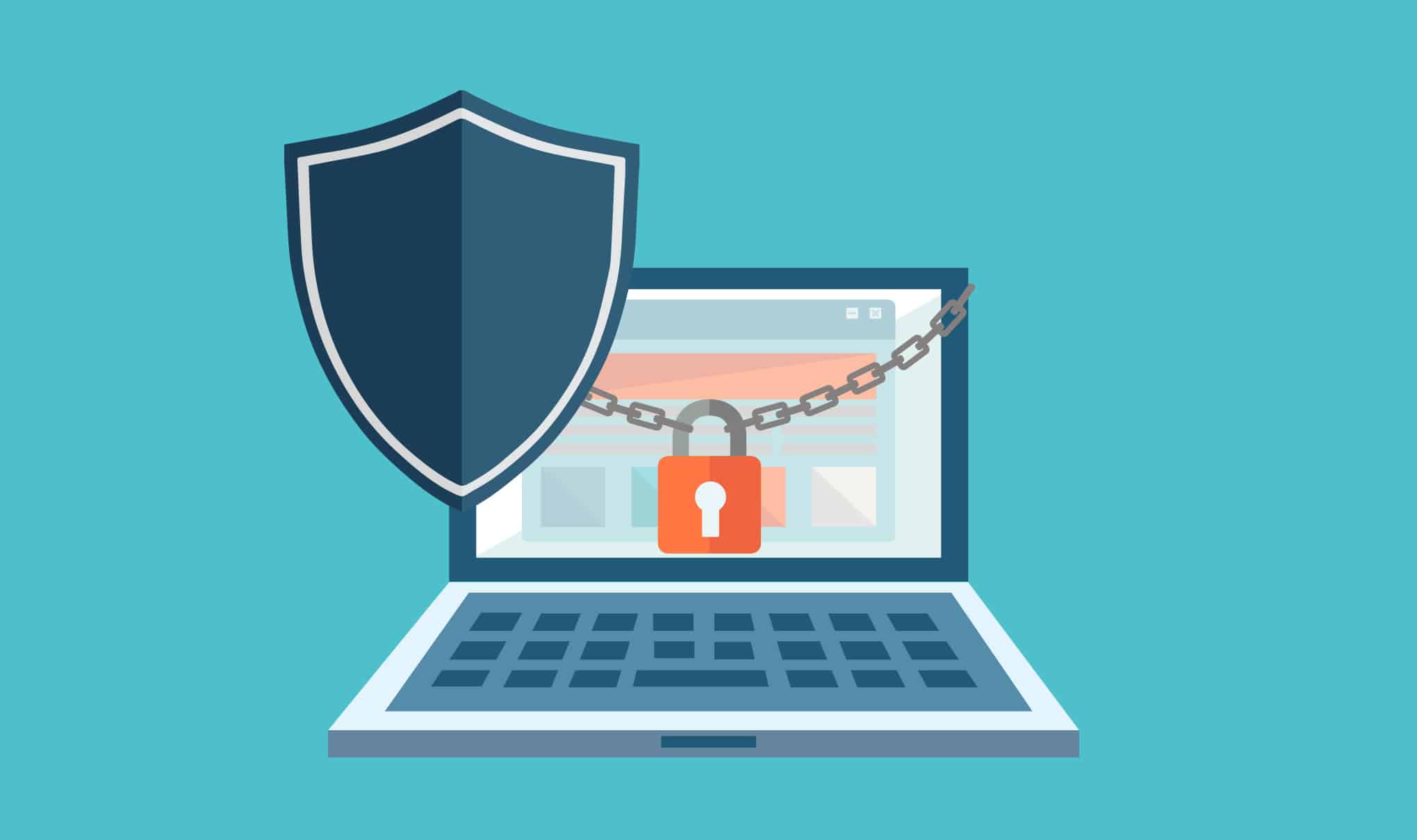Recent Articles
Quickest Mobile Data Recovery Case: 100% of Data Recovered in One Hour
How to fix a corrupted database on PS4
How to Troubleshoot Black or Blank Screens in Windows
LockBit Ransomware: A Comprehensive Guide to the Most Prolific Cyber Threat
How To Use iPad Recovery Mode
How to Prevent Overwriting Files: Best Practices
External Hard Drive Not Showing Up On Windows – Solved
How to Fix a Corrupted iPhone Backup
Backup and Remote Wiping Procedures
Common VMware Issues and Troubleshooting Solutions

I think there's an issue with my storage device, but I'm not sure Start a free evaluation →
I need help getting my data back right now Call now (800) 972-3282
The point and click convenience make online shopping a huge marketplace for consumers to compare products and buy quickly. So much so that CNBC estimates online shoppers will spend more than $124 billion during the holiday season alone. And due to its soaring popularity, it represents a golden opportunity for hackers to take advantage of you. Here are some of their tricks of the trade.
Online Shopping Notifications: You Have An Issue
You receive an email from Amazon or another online retailer stating there’s a problem with your order. Often, these emails look legit in that the hackers spent the time designing a page that mimics the colors and style of the brand they’re representing.
Furthermore, the messaging they use prompts an emotional response. It might be something to the effect that they need additional information or your order won’t process. As you can imagine, this might be unnerving if you’re up against a deadline and need that gift quickly.
Meanwhile, the email requests that you click on a link to fix your delivery or payment issue. Doing so takes you to a landing page of a malicious site where they ask for your personal information such as your address, name, and credit or debit card.
If you run into this phishing scam, it’s important to pause and ask these questions:
- Why would I provide my payment information again when they should have it on file?
- Is there really an issue with my order? Most retailers have ways to check your order status.
- Did I even order a product from this retailer?
Keep in mind many hackers bank on your reacting instead of pausing to think things through. And once you do take some time, you’ll notice signs that things might not be right, and that’s because they are not.

Creating Layers of Protection
One of the best ways to keep your financial information private is to layer your connections. A great place to begin is using a virtual private network since it encrypts and funnels your data into a third-party server. Think of VPNs as having a digital driver’s license not in your name in a language most cannot read.
Along with using a VPN, it’s important your device is up to code. What I mean by this is you should do the software updates as they arrive. It’s also vital to have anti-virus and anti-malware software running on your devices–Malwarebytes is an excellent resource for this. By having these protections in place, you limit the risk of data exposure.
Choosing Your Network Wisely
Refrain from using public WiFi in areas such as Starbucks or your local library since the connection isn’t the most secure. Instead, use your smartphone’s hotspot to access the internet since the LTE connection is way more secure than public WiFi.
All told, these three tips help you form a blueprint to shop online wisely. And if you ever run into any problems such as your computer failing to load files or files are missing, SALVAGEDATA can help. Using state-of-the-art tools and software, our technicians know how to regain access to the data you’re missing. Best of all, we make it risk-free to try us with a free quote. Learn more by contacting us today!













